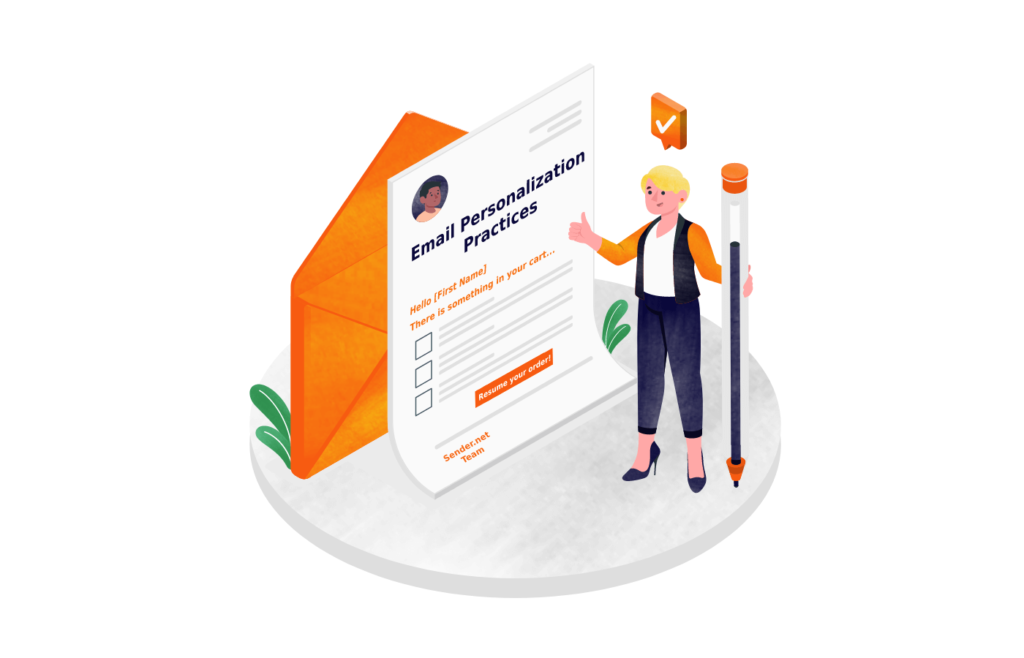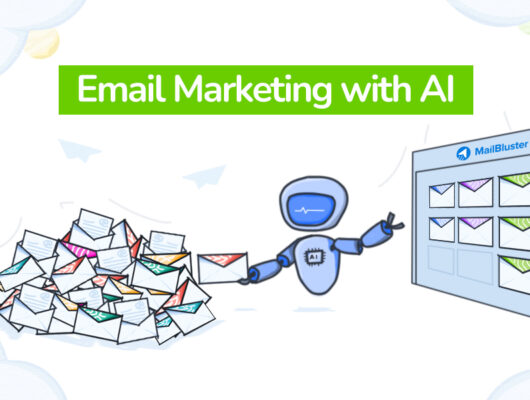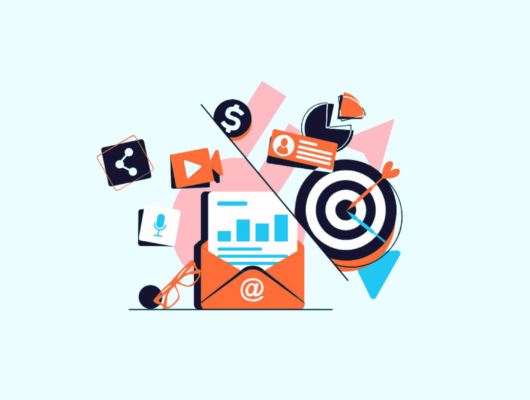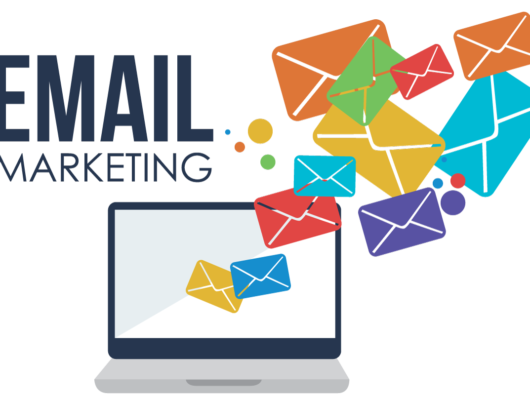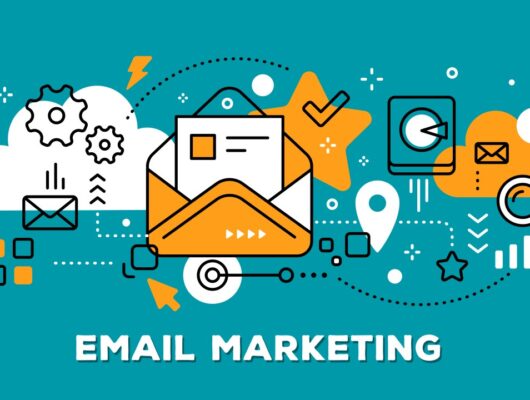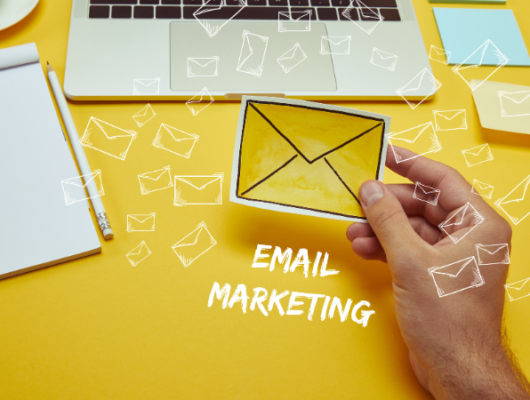In today’s fast-paced digital world, consumers are inundated with countless emails every day. With so many messages flooding inboxes, the challenge for marketers is standing out and grabbing the attention of their audience.
Email personalization is one of the most powerful ways to do this, as it allows businesses to send targeted, relevant, and timely messages to each recipient.
Personalized emails have been proven to drive higher open rates, engagement, and conversions compared to generic email blasts.
In this article, we will explore effective email personalization techniques that can help elevate your email marketing strategy and deliver more meaningful interactions with your customers.
1. What is Email Personalization?
Email personalization refers to tailoring email content to an individual recipient based on their personal data, behaviors, or preferences. The goal is to move beyond generic messages and make each email feel unique and relevant to the person receiving it.
Personalization can range from addressing a recipient by name to more advanced techniques like recommending products based on past purchases or sending timely offers based on their browsing history. By utilizing personalization, brands can create more engaging, valuable experiences that drive results.
2. Why Is Email Personalization Important?
Email personalization is essential because it helps establish a more meaningful connection between your brand and your customers. Here’s why it’s so effective:
a) Improved Open Rates
Emails with personalized subject lines are far more likely to be opened. According to studies, personalized subject lines increase open rates by 26%. When customers see their name or a tailored message, they are more likely to open and engage with the content inside.
b) Higher Engagement
Personalized content feels more relevant, leading to higher engagement rates. Customers are more likely to click through, share, or take the desired action when the email aligns with their interests and needs.
c) Increased Conversions
Personalized emails often have a higher conversion rate because they are more compelling. Whether it’s offering a discount on a product a customer has previously viewed or recommending items based on past purchases, these types of emails feel more like a thoughtful offer rather than a sales pitch.
d) Better Customer Experience
Personalized emails make customers feel valued and understood, which improves their overall experience with your brand. This helps build trust and strengthens customer loyalty over time.
3. Effective Email Personalization Techniques
Now that we understand the importance of email personalization, let’s dive into some of the most effective techniques you can implement in your email campaigns.
a) Personalized Subject Lines
The subject line is the first thing a recipient sees, and it can significantly impact whether your email gets opened. Personalizing subject lines is one of the simplest and most effective ways to improve your email open rates.
Techniques for personalized subject lines:
- Use the recipient’s name: This creates a sense of familiarity and connection.
- Example: “John, here’s an exclusive offer just for you!”
- Refer to the recipient’s location or recent activity: If you have geographic data or know what they’ve recently done on your website, you can include that information.
- Example: “[City Name]’s hottest summer styles are here!”
- Use dynamic content: If you know what your subscriber is interested in or what they’ve clicked on, reference that in the subject line.
- Example: “Your favorite [Product Category] is back in stock!”
b) Dynamic Content Based on Preferences
Dynamic content allows you to personalize the body of your email based on the recipient’s preferences, behaviors, or profile data. Using dynamic content ensures that each subscriber gets an email that’s highly relevant to them.
Examples of dynamic content:
- Product recommendations: Suggest products based on previous purchases or browsing behavior.
- Example: “You might love these shoes based on your recent purchase!”
- Content customization: Tailor the email’s content to the user’s interests, like sending fitness-related content to health-conscious subscribers or seasonal fashion updates to style enthusiasts.
- Example: “Check out our new collection of outdoor gear, perfect for your next adventure!”
c) Personalized Product Recommendations
Personalized product recommendations are a fantastic way to engage customers. By analyzing browsing history or past purchases, you can offer tailored suggestions that align with what the customer is likely to be interested in. This approach is particularly effective in e-commerce, where cross-selling and upselling can drive additional revenue.
Techniques for personalized product recommendations:
- Cross-sell: Recommend complementary products based on the customer’s previous purchases.
- Example: “You loved [Product Name], so we thought you’d like [Related Product].”
- Upsell: Suggest a more premium version of a product the customer has shown interest in.
- Example: “Upgrade to the [Premium Product] and enjoy extra features!”
- New arrivals: If a customer has purchased a similar product in the past, let them know when new versions or related products are available.
- Example: “Our latest [Product] is here, and it’s perfect for your next [Activity].”
d) Behavioral Triggers and Timing
Behavior-based triggers take personalization to the next level by sending emails based on the actions a customer takes, such as making a purchase, abandoning a cart, or browsing a product. Timing is crucial here; sending emails shortly after a customer takes a specific action increases the likelihood of conversion.
Examples of behavioral triggers:
- Cart abandonment emails: Remind customers of the items they left behind in their cart and offer an incentive to complete their purchase.
- Example: “You left some great items in your cart—here’s 10% off to complete your order.”
- Follow-up emails: After a customer makes a purchase, send them a follow-up email with personalized recommendations or an invitation to leave a review.
- Example: “Thanks for your purchase of [Product]. See what others are saying, and check out related products you might enjoy.”
- Post-purchase emails: Suggest items that go well with what they’ve just bought.
- Example: “Your [Product] is on its way! Don’t forget these accessories to complete your look.”
e) Email Segmentation for Better Personalization
Segmentation is the process of dividing your email list into smaller, targeted groups based on shared characteristics, behaviors, or interests. By segmenting your audience, you can send highly personalized content that is relevant to each group.
Common segmentation strategies:
- Demographics: Age, gender, location, and other demographic information can be used to personalize offers or content.
- Example: “Hi Sarah! Check out our new collection of summer dresses.”
- Purchase history: Tailor emails to customers based on what they’ve bought in the past.
- Example: “Since you’ve purchased [Product], we thought you’d be interested in [Related Product].”
- Engagement: Target customers who haven’t opened or clicked on your emails recently with re-engagement campaigns.
- Example: “We miss you, [Name]! Here’s a special discount to welcome you back.”
f) Geographic Personalization
If you have location data for your customers, you can personalize your emails based on their geographic location. This could involve recommending products suited to their climate or promoting region-specific events or offers.
Examples of geographic personalization:
- Weather-based offers: Send tailored offers depending on the season or weather conditions in their region.
- Example: “Stay warm this winter with 20% off cozy coats in [City].”
- Local events: Promote local events, stores, or services relevant to the recipient’s location.
- Example: “Join us for our in-store event in [City Name] this weekend—exclusive offers just for you!”
4. Best Practices for Email Personalization
To maximize the effectiveness of your personalized emails, consider these best practices:
- Use customer data responsibly: Ensure that you are collecting, storing, and using customer data in compliance with privacy laws like GDPR and CAN-SPAM.
- Don’t overdo it: Personalization should feel natural, not forced. Avoid overloading your emails with too much personal information, as this can come across as creepy.
- Test and optimize: Regularly test subject lines, content, and offers to see which ones resonate best with different segments of your audience. A/B testing is a great way to refine your personalization strategy.
- Provide a clear call-to-action (CTA): Make sure your emails include a simple, actionable CTA that aligns with the personalized content.
Conclusion: Unlocking the Power of Email Personalization
Email personalization is no longer a “nice-to-have” — it’s a necessity. By using personalization techniques such as dynamic content, behavioral triggers, and segmentation, you can create email campaigns that feel highly relevant and valuable to each recipient.
Personalized emails not only improve engagement and conversion rates but also help foster stronger relationships with your audience.
The key to success lies in understanding your customers’ needs, behaviors, and preferences, and delivering targeted content that speaks to those insights.
By continuously testing, optimizing, and evolving your email personalization strategies, you can ensure that your emails stand out, drive better results, and ultimately enhance the customer experience.
Start personalizing your emails today, and watch your email marketing efforts transform into a more engaging, results-driven strategy!


